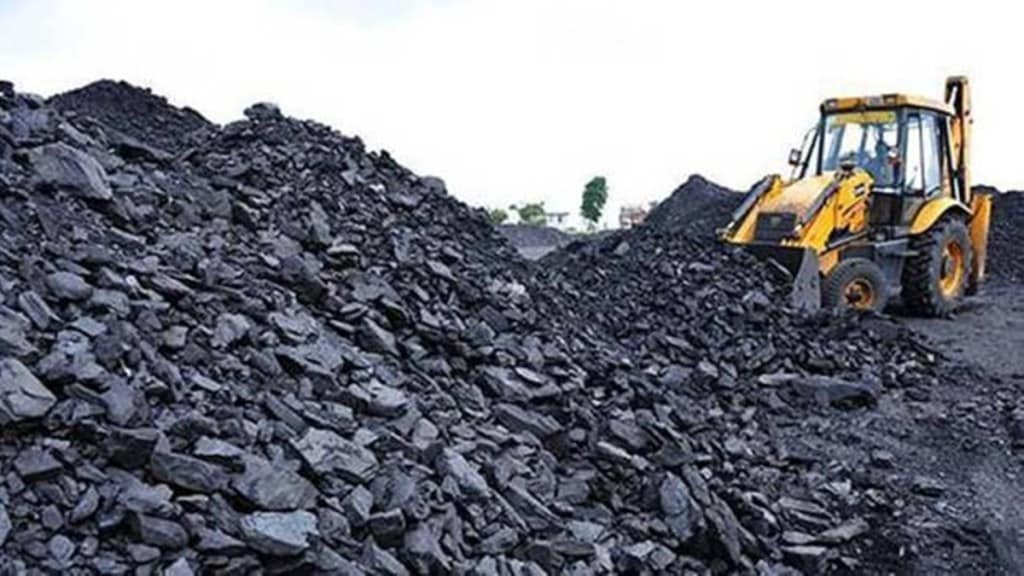By Manish Gupta
The government’s ambitious plan to create capacities to turn 100 million tonne (MT) of its annual coal production into gaseous form by 2030 with investments of over Rs 7 trillion has got a shot in the arm, with three large central PSUs – BHEL, Indian Oil and GAIL (India) – set to form separate joint ventures with Coal India for large “syngas” projects.
“BHEL has the technology for coal gasification. All four of them (PSUs) are on board. They are moving ahead,” coal secretary Amrit Lal Meena told FE, adding that NLC India (formerly Neyveli Lignite) might also join the bandwagon soon.
Syngas or gasified coal is potentially a rich source of clean energy, which allows diversification of use of coal beyond power and steel sectors, including as building block in the petrochem value chain.
Also read: Stellantis operation fully equipped to build a car from scratch in India
According to the preliminary feasibility report prepared by state-run Projects & Development India (PDIL) states that investments to the tune of Rs 10,000 crore will be required for 1.4 MT coal gasification capacity, the official said.
The coal ministry has already drafted a broad framework for the project after extensive discussions with the private sector and the PSUs concerned. We are likely to have the policy framework approved (by the Cabinet) in the next few months and thereafter we will seek proposals from the private companies and the PSUs,” Meena said.
“India will be coal-surplus in two years and will start exporting coal from 2025-26. The gasification project is being pushed to utilise this coal, he said.
The government will offer a set of incentives for syngas ventures, including a 50% rebate in revenue share for the amount of coal used for gasification to captive and commercial coal miners and a separate e-auction window for gasified coal.
Since most of India’s known coal deposits are non-recoverable, the country requires to make best use of its 70 billion tonne of mineable coal, which will be exhausted in a few decades.
While syngas obtained from surface gasification of coal are already being used in the fertiliser sector in a limited scale, India is yet to employ technology and capital for underground coal gasification, which could help extract reserves that are deep, scattered and covered by forests. Certain syngas technology allows conversion of non-mineable coal/lignite into combustible gases through in situ gasification of the material. Countries like the US, Russia and Australia are also aggressive about syngas production.
Also read: Tax-free income: How much you can earn without coming under taxmen’s radar
“There are technologies available for conversion of coal into syngas, which can be further converted into ammonium nitrate, methanol, dimethyl ether, and other chemical products for different end uses,” the coal secretary said. “Ammonium nitrate is used in the explosive sector. CIL and the mining companies use lot of explosives. DME can be blended with natural gas. Methanol is used in the chemical and petrochemical sectors,” Meena said.
With India committed to achieve net zero carbon emissions by 2070, the government wants to diversify the application of coal beyond steel and power sectors, and in a more clean way through coal gas.

